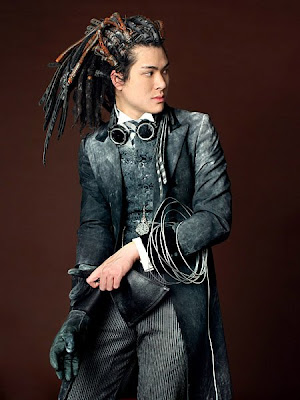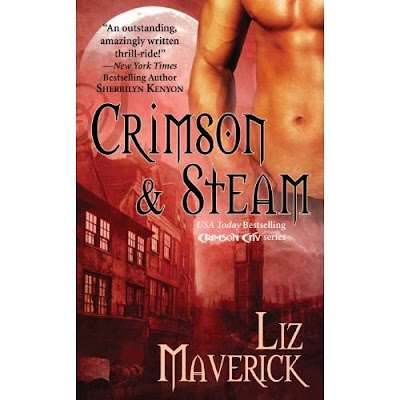Hang your mistletoe and stir your pudding. Today we welcome Leisure author Emily Bryan who will tell us about the Christmas Anthology she shares with fellow authors, Jennifer Ashley and Alissa Johnson. Emily is also offering to give away one of her backlist books. Read on and welcome Emily.
“Great writing and research skills, as well as her ability to weave a good old-fashioned story with heft, make her an author to watch.”~Michelle Buonfiglio, RomanceBuyTheBook
1) Tell us about A Christmas Ball and your story in it!
Thanks so much for having me here at Risky Regencies!
A Christmas Ball is a collection of three Regency-set Christmas stories from USA Today Bestseller Jennifer Ashley, Alissa Johnson and me. Since I never like to do the expected, my heroine in My Lady Below Stairs is a scullery maid. Jane Tate is a dead ringer for her well-born half-sister, so when Lady Sybil runs off with an Italian portrait painter, Jane is called in to pose as Sybil long enough to accept an arranged marriage proposal at the Christmas Ball. Needless to say, Ian Michael, the well-muscled head groom who loves Jane, makes plans to crash the party himself. It was great fun to write!
2) How do the three stories fit together? How did this anthology come about? How are the tales connected?
A Christmas Ball is the brain-child of our fabulous editor, Leah Hultenschmidt, at Dorchester Publishing. She conceived a holiday anthology where the stories are united solely by setting and time. The date is December 19, 1822 (not technically Regency for you purists out there, since Prinny has been on the throne for two years, but it’s before the Victorian era kicks off in 1837.) The characters in all three of our novellas attend the same Christmas ball at Lord and Lady Hartwell’s elegant London home. We had to agree on the floor plan of the mansion and certain details about the ball, but otherwise, we were given complete autonomy in writing our stories. Jennifer used her novella as a chance to revisit her Nvengaria paranormal Regency world and Alissa penned a delightful Darcy-esque hero in hers.
3) Did you come across any interesting research on historical Christmases?
Oh, yes! First of all, most of the way we celebrate Christmas now is directly linked to Victorian traditions. For example, there were no Christmas trees in England in 1822. That custom was imported from Germany after Queen Victoria married her German cousin. But greenery was used for decoration, most specifically a “kissing bough.” This was an arrangement of ivy (to symbolize women), holly (whose prickly leaves remind us of men!) and of course mistletoe (still used to steal kisses.) During the Regency era, mistletoe was a limited time offer. For each kiss, the man was supposed to pluck one of the berries. When the berries were all gone, so were the free kisses.
4) What are your own favorite holiday traditions?
Being with family is the most important tradition for us, which means we’ve spent more Christmases in airports and on the road than I care to count. But once we’re all together, before we open our presents, my dad always reads the Christmas story from the Bible, the Luke 2 passage. Any time I read that scripture to myself, I hear my dad’s voice in my head.
5) What is next for you?
I just finished Stroke of Genius (coming June 2010). I adore Crispin Hawke, my hero for this story. He’s a brilliant, but cynical artist who’s so handsome my heroine compares him to a total eclipse. Dangerous to look upon.
Crispin is engaged to sculpt Grace’s hands and decides to help Grace bag a titled husband. But when he starts falling for her himself, the games are just beginning.
I’m in that limbo-land of being between books at present. Just listening to my mental cast of characters and deciding whose story needs telling next. It’s really pretty exciting when a new book starts taking shape.
Another thing I’m excited about now is my MERRY CHRISTMAS BALL CONTEST. Readers who subscribe to my newsletter and enter this contest may win a $100 B & N gift card! So please pop over and enter today. And I’d like to give away a choice from my backlist to someone who leaves a comment or question here today.
To get the conversation started: What’s your favorite Christmas tradition? It can be historic or contemporary.











